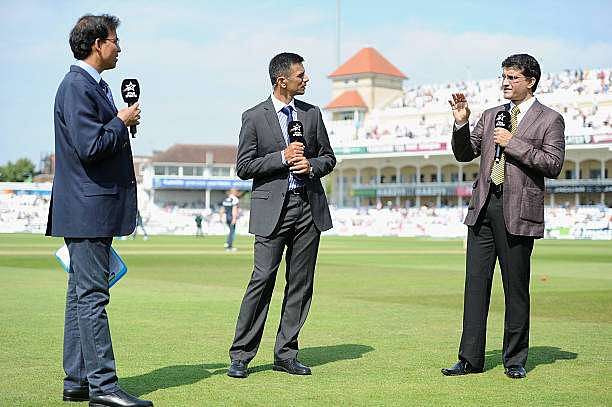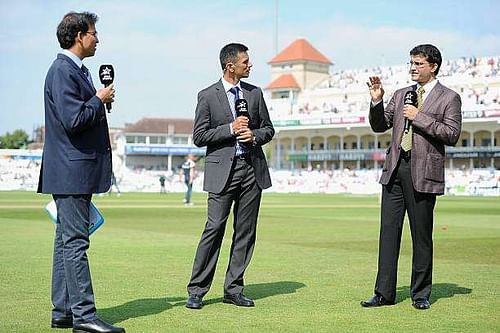
The Cricket Advisory Committee: All you need to know

What is the Cricket Advisory Committee?
The Cricket Advisory Committee (CAC) is a three-man panel that was set up by ousted BCCI president (then secretary) Anurag Thakur and the late BCCI president Jagmohan Dalmiya in June 2015. The panel includes three Indian legends in Sachin Tendulkar, Sourav Ganguly and VVS Laxman, who between them have played 1308 internationals. It was set up as a way for experienced former cricketers to advise the BCCI on pertinent issues in Indian cricket. They report to the president and secretary of the BCCI.
What is their role?
Predominantly, the CAC is in charge of matters pertaining to Indian cricket, both domestic and international. They are to advise the BCCI on issues not covered by any of the existing committees, and recommend changes to the president and secretary.
They work as a team on issues together, and do not split up and handle issues individually. The BCCI was set to expand the CAC to a six-member panel to assist them, but the move was eventually shelved. It is possible that due to the success of the panel, we may see an expanded CAC in future years.
What are some of the issues in their jurisdiction?
The CAC worked on improving India’s performance overseas, ahead of India’s away tours in 2015/16. They also aimed to make a clear pathway for youth players to the Indian national team, by way of the A-team. Furthermore, their appointment functioned as a way to make the NCA’s role clearer, as the National Cricket Academy had its hands full with helping injured players, working as a pathway for young players, educating and giving players life skills and developing India’s fast bowlers.
What they have become known for, however, is their influence on the Indian coaching job, where they are given the power to select India’s head coach and India’s U19 and A-team coach, as well as decide a formalised procedure for coach selection.
What have they done so far?
To better prepare Indian domestic players for the rigours of green pitches, the CAC recommended a shift to more seam-bowler friendly pitches for the 2016/17 Ranji season. Success was seen at a domestic level, but it remains to be seen if it will work during India’s next tour outside Asia.
They have been instrumental in developing India’s fast bowling contingent, and India has arguably its best pace attack in the last decade or so. Their development of India’s pace reserves have seen pacers like Shardul Thakur making consistent performances for the A-team as well. Their advice has also led to better workload management, which has seen only one major injury - that of Mohammed Shami - in India’s pace contingent since their appointment.
Their development of India’s spinners has seen two Indian spinners top the ICC’s Test bowling charts for a good amount of time. They have, in their time, selected Anil Kumble as India’s coach, and are in the process of choosing a new coach at the moment. A rift between one of the committee’s members, Sourav Ganguly, with then India coach Ravi Shastri, was a chief cause in the latter’s contract not being extended.
What does the future hold for the CAC?
The success of the CAC in their role over the two years, across administrations, indicates that there is more in store for the CAC in coming years. It is possible that the CAC becomes a fixture in the BCCI, with an expansion to make them a bigger panel with more power in Indian cricket. Their influence in the BCCI gives the players a voice through former players, making improvements not only for the game, but also for the hundreds of international and first class players in India.